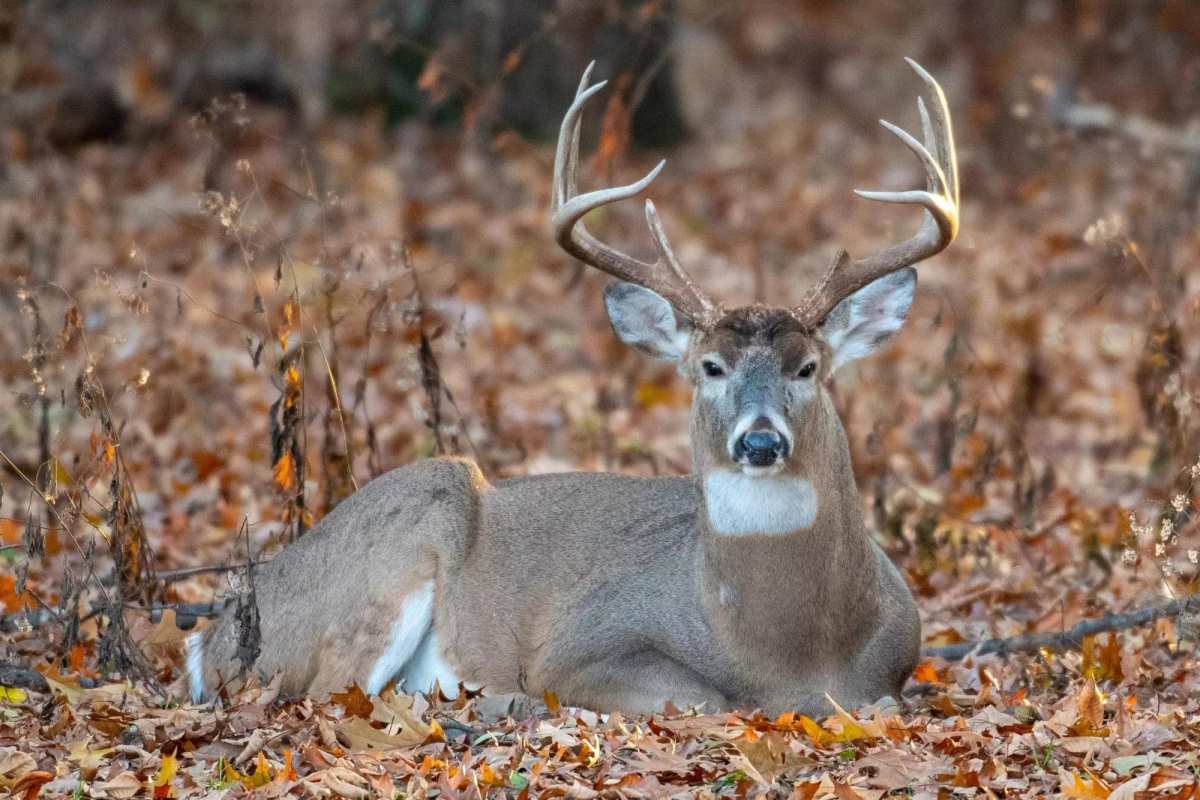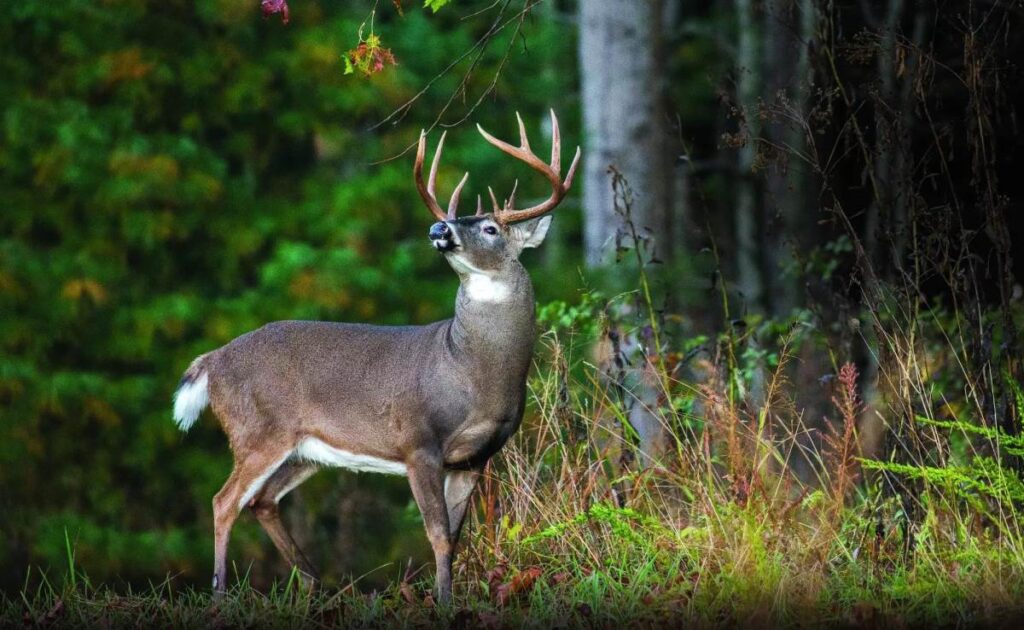How To Capitalize Now On The Alleged “October Lull”


By Greg Miller / North American Whitetail
The giant whitetail was approximately 50 yards away when I’d first spotted him. He had his head down and was moving very slowly, which had me a bit confused initially. It was early October, and the rut was still a good month away. I hadn’t seen any other deer pass through that spot before the buck showed up. With my curiosity piqued, I slowly reached for my binoculars, so I could more closely study exactly what the big deer was doing. After watching him for a bit, I was able to determine that the buck was feeding on something. And just about that time he raised his head, and I could clearly see that he had a mouthful of maple leaves.
The above experience occurred in the big woods of northwest Wisconsin more than 30 years ago. And though I’ve had dozens and doz- ens of additional encounters with big whitetails since then, that experience remains stuck in my memory. Because, before having that particular encounter, I wasn’t aware that white-tailed deer had a sincere craving for freshly-fallen maple leaves. My morning encounter with that big woods deer forever changed my approach to hunting “transition time” whitetails, specifically during late September and early October. Because, in my part of the world, our maple trees typically begin losing their leaves just about the same time that we’re suffering through this oft-touted “lull” period. CONTINUE READING


